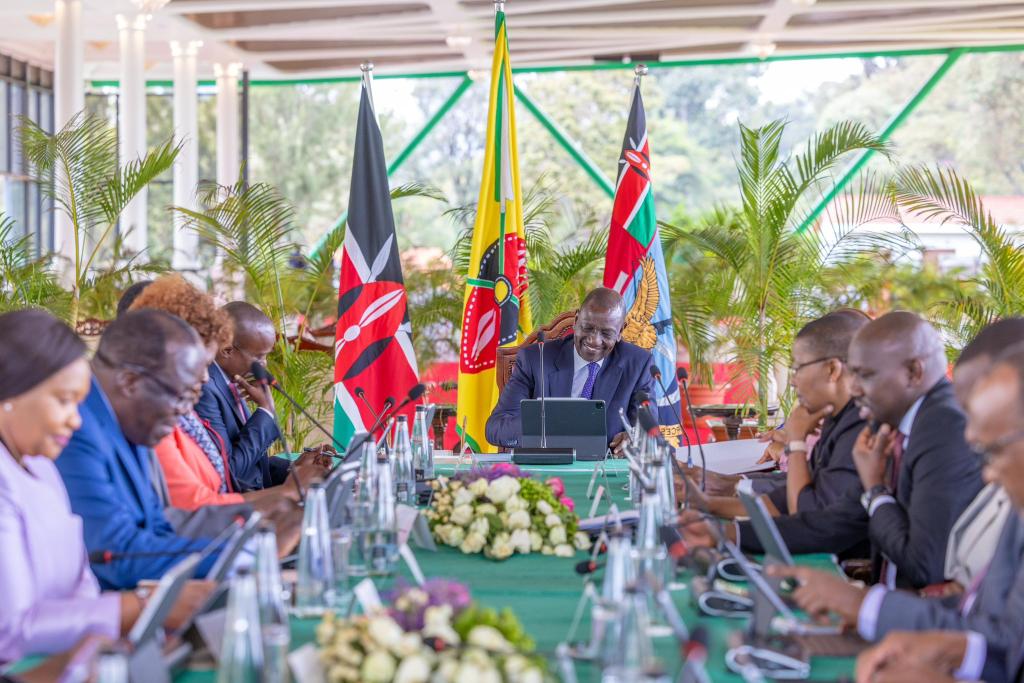More than 180,000 households across underserved regions in Kenya are set to be connected to electricity following the government’s approval of Phase III of the Last Mile Connectivity Project.
The plan, endorsed during a Cabinet meeting chaired by President William Ruto at State House, aims to bridge the energy access gap and make use of existing infrastructure, especially in rural areas.
The third phase of the programme is backed by the African Development Bank and the Canada-AfDB Climate Fund and targets counties with limited electricity coverage.
The government plans to facilitate 180,500 new power connections under the project, benefitting homes, schools, health centres, and micro, small and medium-sized enterprises (MSMEs).
According to the Cabinet, the project will address barriers such as high connection costs, underutilised transformers and weak infrastructure by tapping into idle electricity assets and reinforcing overstretched substations to ensure stable electricity delivery.
“The project is expected to unlock significant socio-economic benefits, including the provision of clean, affordable energy for marginalised communities, reliable health services, enhanced digital learning and support for over 10,500 MSMEs through access to three-phase power,” the Cabinet said.
Besides expanding access, the project will strengthen the national distribution grid to improve reliability of supply, a key requirement for powering essential services and spurring economic growth in remote areas.
During the same sitting, the Cabinet also approved the Olkaria VII Geothermal Power Project, which is projected to contribute 80.3 megawatts of clean, stable electricity to the national grid by June 2027.
The power station will rely on 19 existing production wells, with seven more to be drilled during its 25-year operational lifespan. The design also includes reinjection of geothermal fluids to ensure the sustainability of the resource.
“Olkaria VII is designed to meet Kenya’s rising energy demands driven by population growth, industrial expansion in Special Economic Zones, and the rapid uptake of electric vehicles,” the Cabinet noted.
With national electricity demand projected to increase by 100 megawatts annually, and electric vehicles expected to require up to 334 megawatts by 2032, the geothermal facility is expected to help ease pressure on the power grid.
The government’s industrialisation agenda is also anticipated to push the need for more than 1,000 megawatts of additional capacity by 2032.
The project will be developed in partnership with the Government of Japan and the European Investment Bank, and will support Kenya’s goal to reduce dependence on expensive, polluting fossil fuels while cementing its position as a leader in renewable energy.

